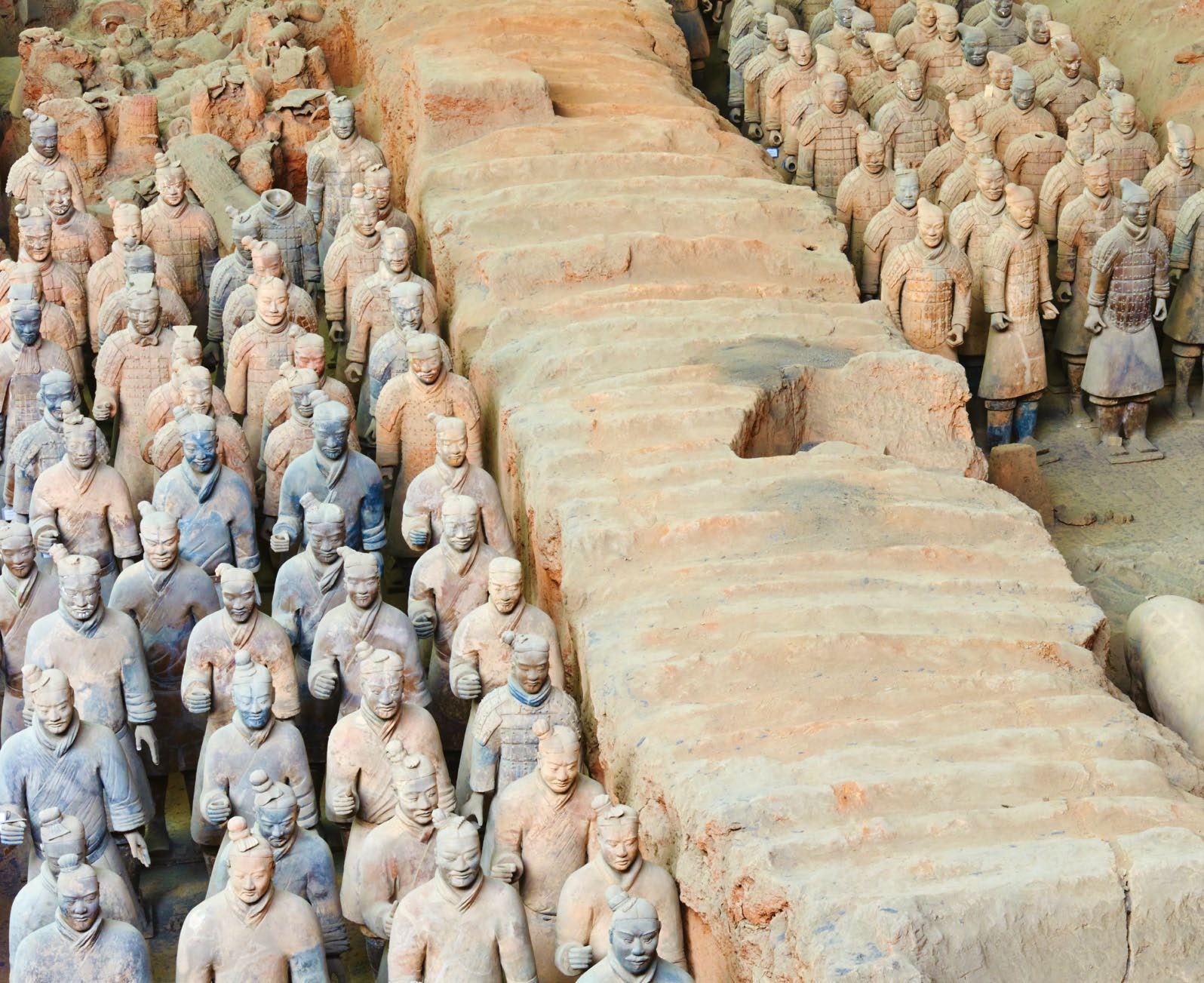
There are 6,000 statues in the Terracotta Army in the tomb of the first emperor of China
Archaeologists have discovered the remains of what appears to be an ancient sheep-drawn chariot near the famous Terracotta Army in northwestern China. The remains were found in the ‘western tomb’ at the site of Emperor Qin Shi Huang’s mausoleum, a few miles northeast of the city of Xi’an in Shaanxi province. The main structure of the chariot has likely rotted away after spending more than 2,000 years in the ground – the mausoleum dates to the third century BCE – but researchers did find a row of six sheep skeletons wearing accessories used for pulling a chariot, so they inferred this was a sheep-drawn chariot.
Horse-drawn chariots and ox-drawn carts were common in ancient China, but a sheep-drawn chariot is an extremely rare find. They appear in Chinese history, however, as well as in Chinese lore. The founder of the Western Jin dynasty, Emperor Wu, or Sima Yan, who ruled from 266 to 290 CE, is said to have ridden in a sheep-drawn carriage around his palace complex every night and would sleep wherever the sheep stopped. His practice may be the origin of the modern Chinese phrase ‘seeking luck in a sheep cart’. It’s said that the emperor had a harem of 10,000 wives, and this seems to have been Sima Yan’s method of choosing among them. Researchers hope laboratory analysis on the western tomb’s burial chamber, which is currently underway, will help them determine who was buried there.